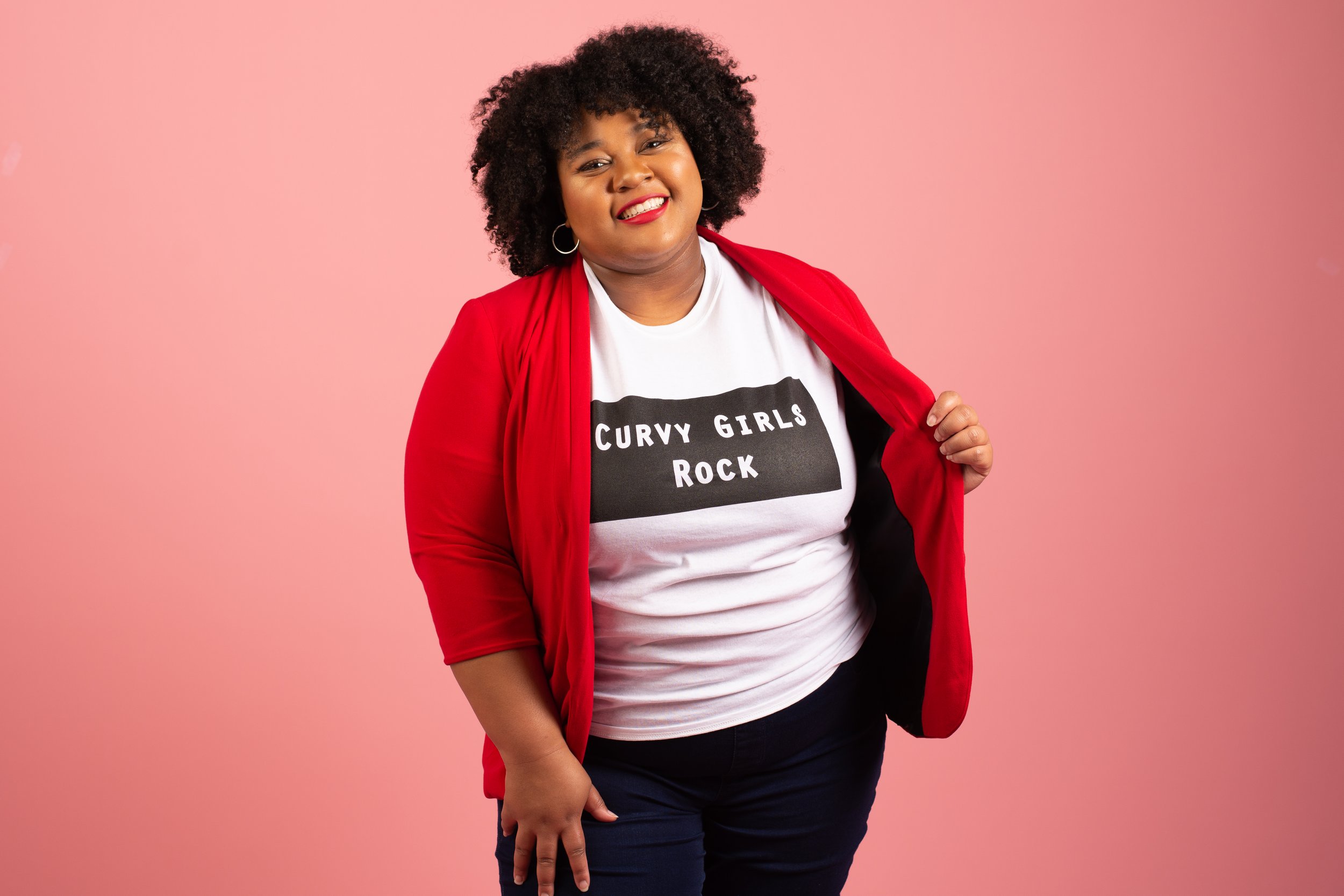The body positivity movement has significantly influenced women’s clothing brands, transforming how they design, market, and perceive fashion. This shift towards inclusivity and self-acceptance has brought about substantial changes in the fashion industry, impacting everything from size ranges to marketing strategies.
1. Expanded Size Ranges
One of the most visible impacts of body positivity is the expansion of size ranges. Traditionally, many brands offered limited sizes, typically catering to a narrow spectrum of body types. However, as the body positivity movement gained momentum, the demand for more inclusive sizing became impossible to ignore. Brands like Froxx Clothing have led the way by offering extended sizes, ensuring that women of all shapes and sizes can find fashionable, well-fitting clothing. This inclusivity not only broadens the customer base but also fosters loyalty among consumers who feel seen and valued.
2. Diverse Models and Campaigns
Marketing campaigns have also undergone a transformation. The use of diverse models in advertising is now more common, reflecting a wider range of body types, ethnicities, and ages. Brands such as Dove, with its Real Beauty campaign, and Rihanna’s Savage X Fenty, which showcases models of various sizes, have set new standards for inclusivity. These campaigns challenge traditional beauty norms and promote the idea that all bodies are beautiful, thus resonating more deeply with a broader audience.
3. Authentic Representation
Authentic representation in media and marketing materials is another critical impact. Rather than heavily edited images portraying unrealistic body standards, many brands now opt for unretouched photos. This shift aligns with the values of the body positivity movement and builds trust with consumers. Aerie’s #AerieREAL campaign, which features unretouched photos of models, is a prime example of how authentic representation can foster a positive brand image and deepen customer engagement.
4. Empowerment Through Fashion
Body positivity has also encouraged brands to design clothing that empowers women, rather than conforming to traditional fashion norms. This includes creating styles that are both fashionable and functional for a diverse range of body types. Brands are now focusing on comfort, fit, and versatility, ensuring that their clothing enhances the wearer’s confidence and sense of self. The rise of athleisure and the popularity of comfortable yet stylish clothing reflect this trend.
5. Customer Engagement and Feedback
The movement has prompted brands to engage more actively with their customers. Social media platforms provide a space for dialogue where consumers can share their experiences, suggest improvements, and hold brands accountable. This feedback loop has been instrumental in pushing brands toward greater inclusivity and better representation. Companies that listen to and act on customer feedback are often rewarded with increased loyalty and positive word-of-mouth.
6. Economic Benefits
From an economic standpoint, the embrace of body positivity has opened up new market opportunities. The plus-size market, for example, has seen significant growth, and brands that cater to this demographic are reaping the benefits. Inclusive sizing not only meets an existing demand but also taps into a market that has been historically underserved. This inclusivity translates to increased sales and a broader, more loyal customer base.
7. Cultural Shift
Finally, the impact of body positivity extends beyond the fashion industry, contributing to a broader cultural shift towards acceptance and diversity. By promoting body positivity, clothing brands play a role in challenging and changing societal standards of beauty. This cultural shift is reflected in greater acceptance and celebration of diverse body types in various media and public life.
The body positivity movement has profoundly impacted women’s clothing brands, driving them towards greater inclusivity, authenticity, and customer engagement. This shift not only benefits the brands economically but also contributes to a more accepting and diverse society. The continued influence of body positivity promises to shape the future of fashion in meaningful and transformative ways.




